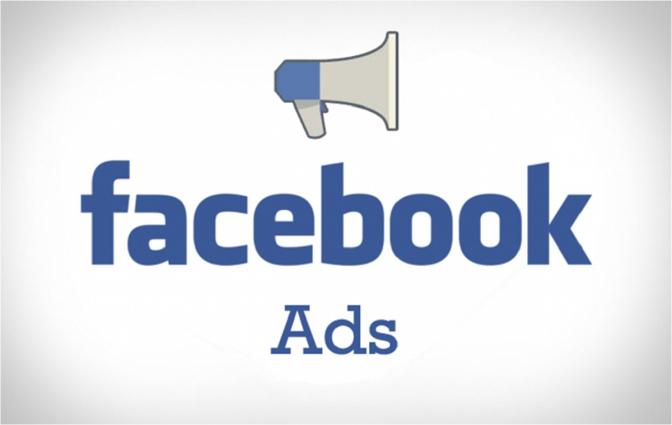
One of the most integral features of Facebook is the ability to advertise a business to the millions of people who share similar needs and interests — and Facebook knows that blind people and others with disabilities use it to promote their pages and run targeted ads, just like everyone else. That’s why we’ve teamed up with the social network to put out a call for marketing and advertising professionals with disabilities to come share their experiences with programmers the accessibility of Facebook’s advertising tools. The conference will be done by our chosen advertisers and they will be able to use Conference AV equipment hire.
If you fit the description below and are interested in traveling to Facebook’s headquarters to share your knowledge, contact sblanks@lighthouse-sf.org.
The message from Menlo Park:
Facebook is looking for advertisers who use assistive technology to run Facebook ads, to share their experience with us. Our goal is to better understand the experience of advertisers using assistive technology, such as screen magnifiers, Braille displays or non-mouse equipment, so that we can build better products for them.
This includes business owners, social media advertisers, and particularly those who use Facebook Ads tools. For example, a Facebook ad tool is Ads Manager (on computer or mobile phone) or Power Editor. You might also use a partner tool that uses our API like Nanigans.
We want to meet someone who has used our ad tools quite a bit, someone who is passionate about social media advertising, and willing to share their story.
What we’re looking for:
People to talk about how they use Facebook advertising tools specifically and the internet more generally. We’re seeking people who can help us understand how assistive technology interacts with advertising. The talk will be 60 minutes, with 15 minutes of Q&A, for an audience of about 50 Facebook designers and engineers.
Things you’d be asked to speak about:
Your use of the Facebook advertising tools (in specific) and the internet (in general). We’re seeking inspiring speakers who would be articulate and can help others understand how assistive technology interacts with their advertising.
Who we’re looking for:
Full time users of one of the following:
– Screen magnifiers
– A combination of screen readers and screen magnifiers
– Braille displays
– Non-mouse inputs (head/eye tracking, mouth/blow/tongue devices or chording keyboard)
Alternatively, we’d be interested in speaking with people with cognitive impairments, someone who can explain how they use the internet and what special needs they might have.
This speaker might be a professional advertiser or marketer with a job title like, “marketing”, “advertising”, “ad trafficker”, “social media”. Or you might have experience managing and advertising for a FB page in another non-work capacity.
Where: We’d like to host you at our Menlo Park, CA headquarters to speak for a 60 minute session. The facilities are wheel chair accessible.
When: The week of November 30 – December 4, 2015
As a thank you for your time, Facebook is are offering $150 as a speaking honorarium plus travel expenses.
Contact: sblanks@lighthouse-sf.org, or call 415-694-7371.


 When I spoke to Paul again this week, he had just gotten back from LA, where he was working with the voice actor recording audio description for Pixar’s new film, The Good Dinosaur. Usually the narrator’s script for an audio described film is contracted out to a specialized agency — in Pixar’s case it’s WGBH in Burbank, which handles most broadcast and film audio description on the west coast. Even with contractors like WGBH, Paul is totally hands-on. “I don’t know of any other studio that sits down and reviews the script for the narration track,” he told me this week. “We have the producer, the director, the writer, the film editor and myself comb through that script and make changes. I sent 3-4 rounds of changes to WGBH for The Good Dinosaur. And it’s about helping them, too — they don’t get direct feedback very often about what’s good and bad about their script.
When I spoke to Paul again this week, he had just gotten back from LA, where he was working with the voice actor recording audio description for Pixar’s new film, The Good Dinosaur. Usually the narrator’s script for an audio described film is contracted out to a specialized agency — in Pixar’s case it’s WGBH in Burbank, which handles most broadcast and film audio description on the west coast. Even with contractors like WGBH, Paul is totally hands-on. “I don’t know of any other studio that sits down and reviews the script for the narration track,” he told me this week. “We have the producer, the director, the writer, the film editor and myself comb through that script and make changes. I sent 3-4 rounds of changes to WGBH for The Good Dinosaur. And it’s about helping them, too — they don’t get direct feedback very often about what’s good and bad about their script.